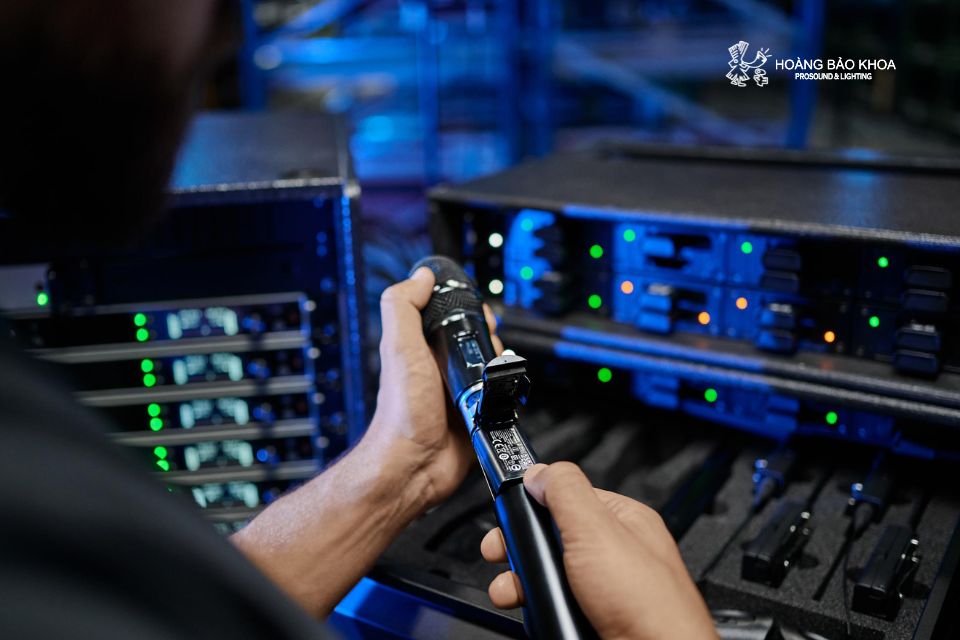This article provides guidance on troubleshooting RF interference in Sennheiser digital wireless microphone systems. It explains the main causes of RF noise, methods to minimize interference, and best practices for using microphones, transmitters, and cables correctly to maintain a clean and stable audio signal.
Causes of interference
A digital wireless Microphone transmitter can generate a certain level of inherent RF (radio frequency) noise. This interference may be picked up by the microphone or connecting cables, which can then appear in the audio output signal.
This phenomenon is more common when using older-generation Microphones. When these microphones were designed, digital wireless transmission technology was not yet widespread, so RF immunity was not fully optimized. As a result, their internal RF shielding or circuit protection may be limited.
Solutions to minimize RF interference

- Use modern microphones with enhanced RF immunity: New-generation microphones are engineered to be compatible with digital wireless systems, significantly reducing the effects of RF interference. For example, the Sennheiser MKH 8050 offers improved RF resistance compared to the older MKH 50. Similarly, newer lavalier microphones like the MKE series with blue tag serials deliver better performance than older MKE 2 models with black tag serials.
- Increase physical distance between the microphone and transmitter: When using older microphones with a plug-on transmitter, use a short extension cable (approximately 50 cm) to position the transmitter slightly away from the microphone. This distance helps reduce direct RF interference affecting the microphone capsule.
- Use high-quality, well-shielded cables: Ensure that all cables between the microphone and transmitter, as well as between the transmitter and receiver system, are effectively shielded to prevent RF interference from entering the signal chain.
Conclusion
When setting up a Sennheiser digital wireless microphone system, selecting compatible microphones, maintaining proper spacing between the microphone and transmitter, and using high-quality, well-shielded cables and accessories are essential STEPS to ensure a clean, stable, and reliable audio signal. Following these practices will help your system perform flawlessly in any professional environment - from live performance and conference setups to broadcast and production applications.